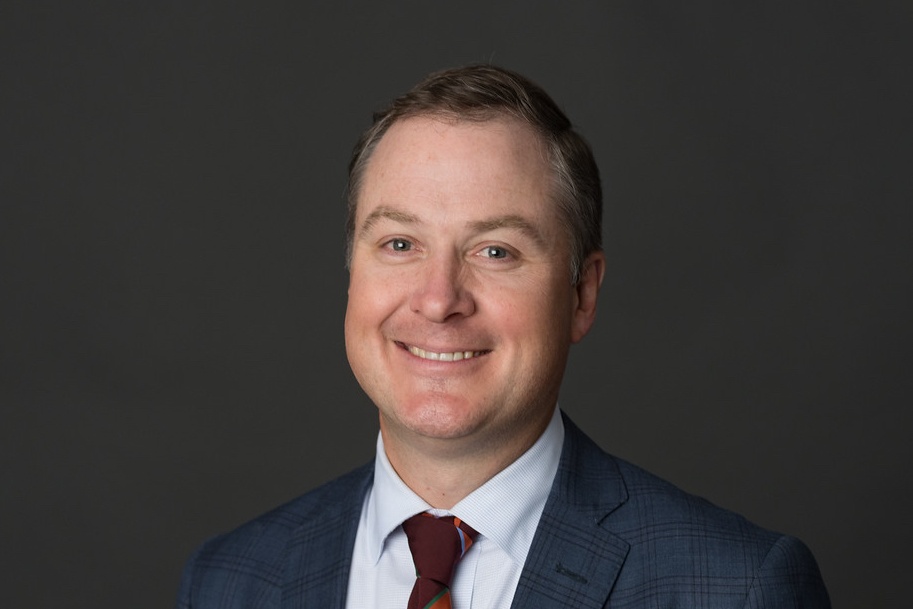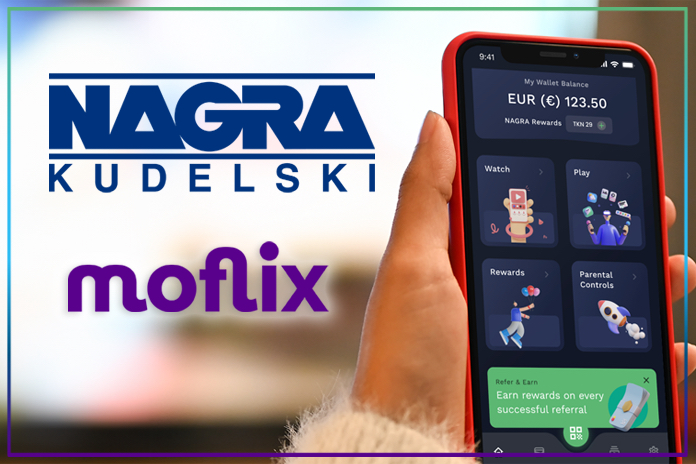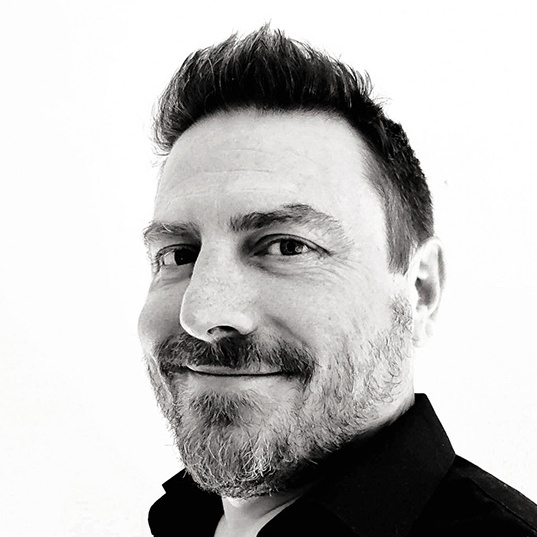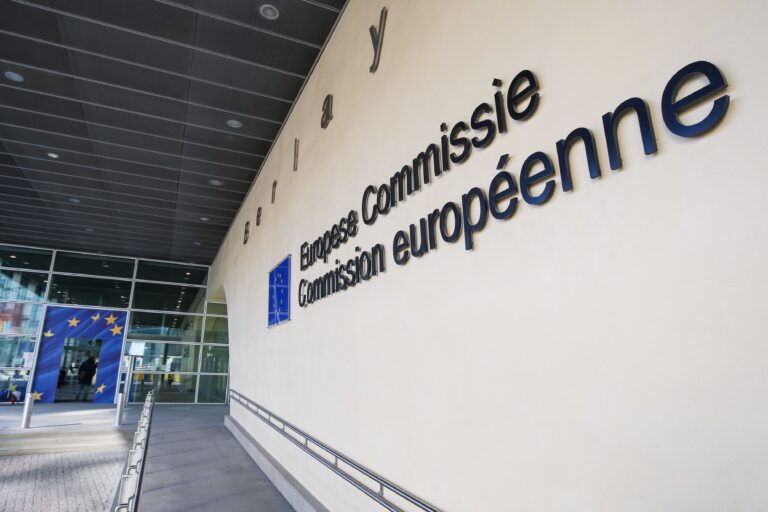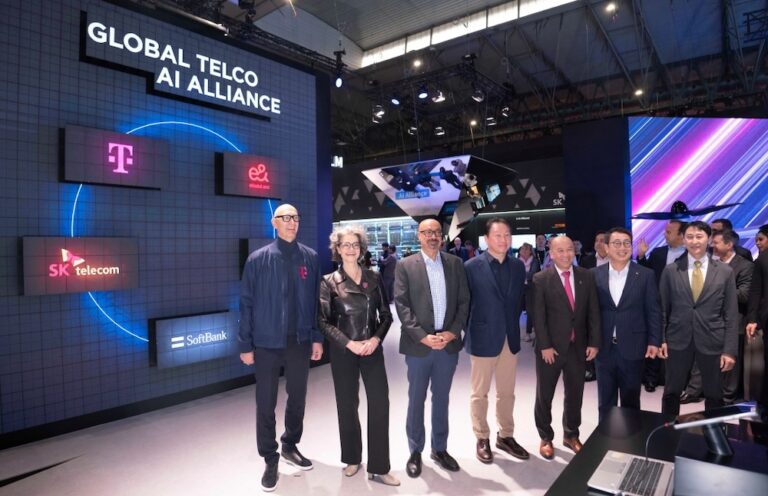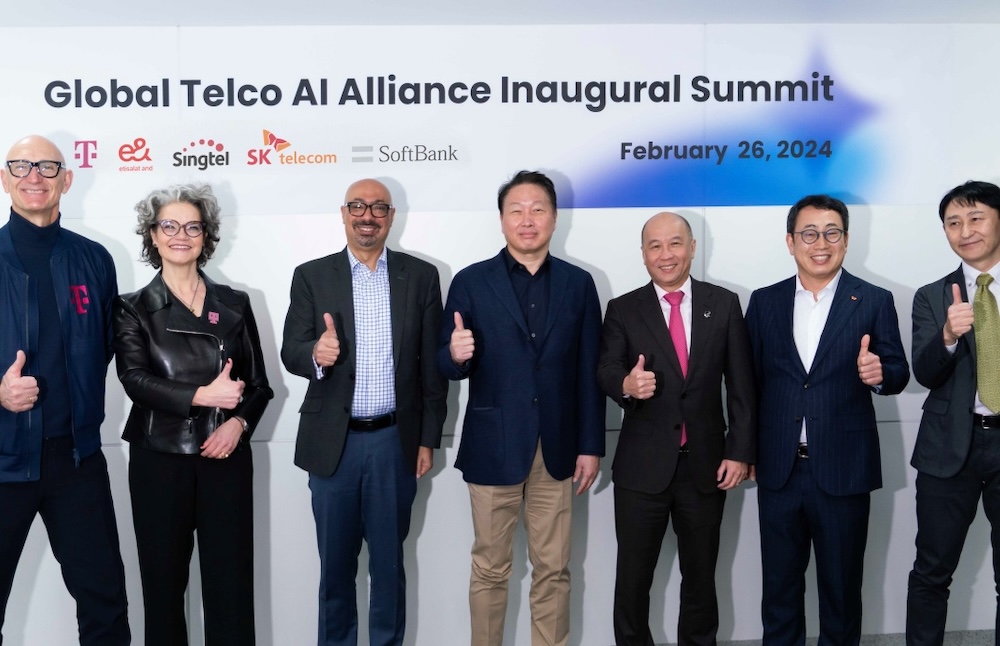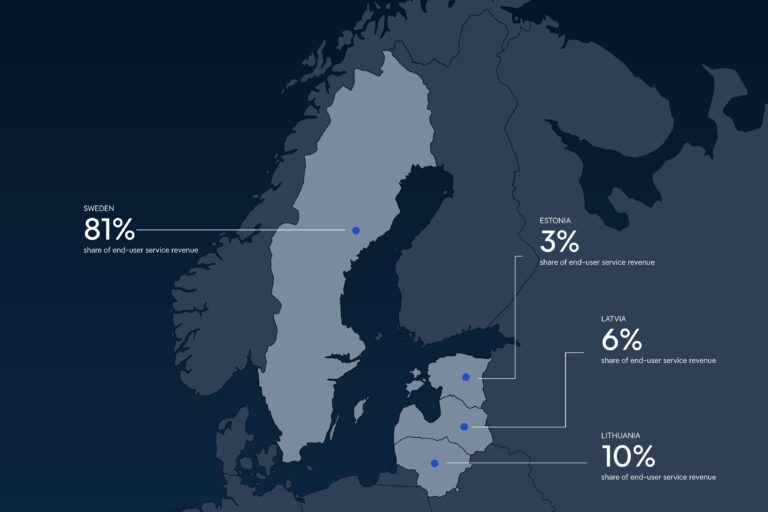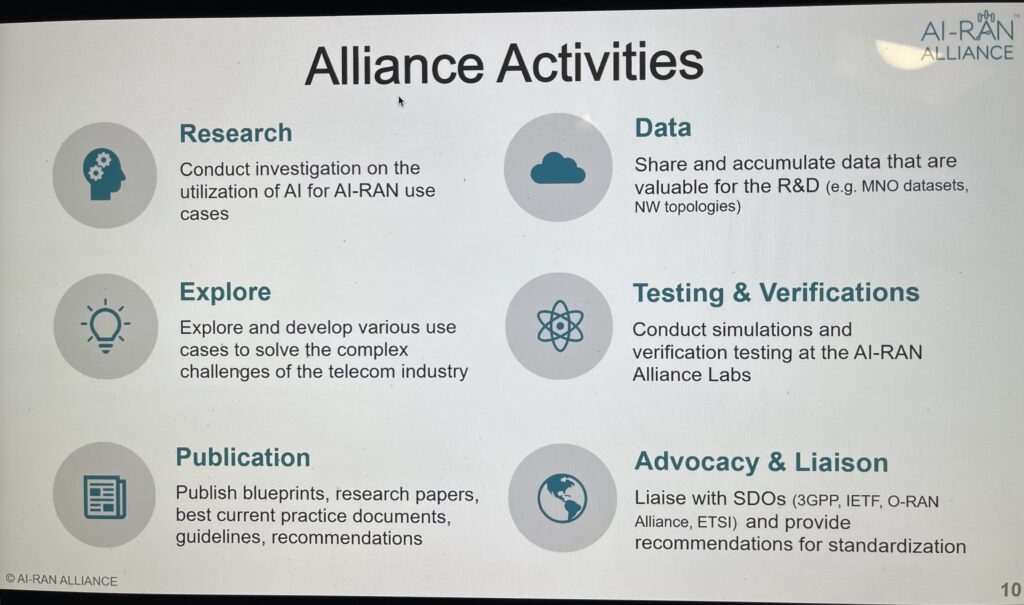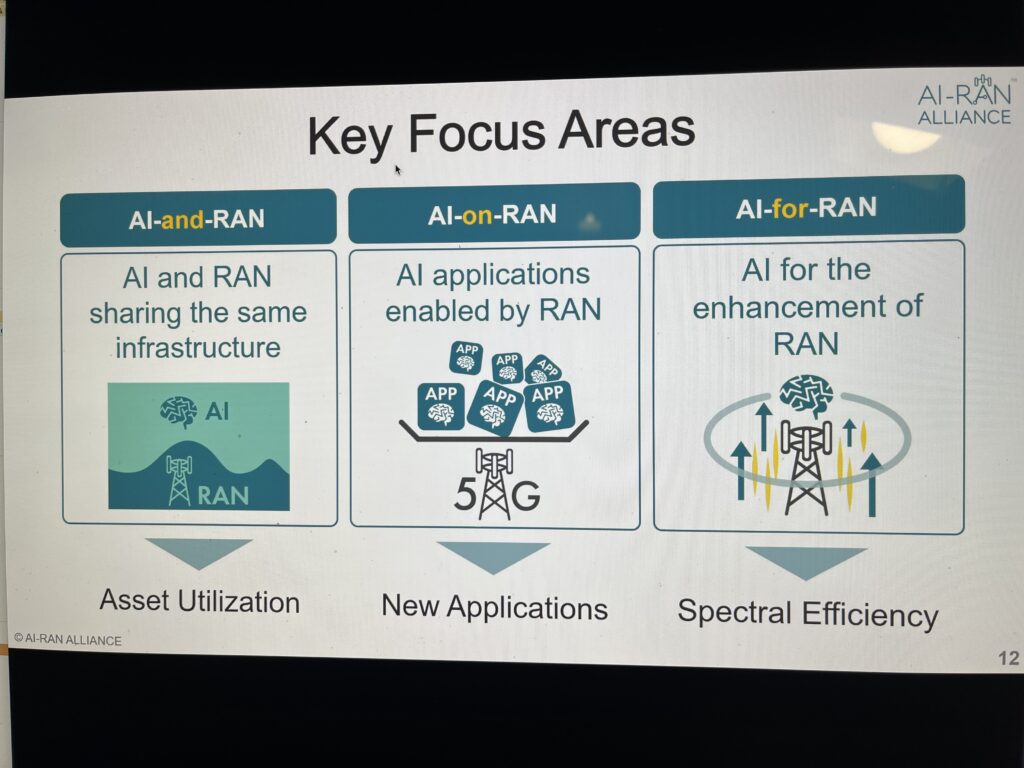GSMA launches new recycled network equipment commerce platform, or an open-for-business gateway initiative
The GSMA has unveiled its cloud-based Equipment Marketplace which the organisation said will help telecommunication providers around the world reuse, redeploy and recycle their network assets.
While not a new idea given that a number of operators already have similar initiatives and the fact that the secondhand handset market is thriving already, given the fact it has more than 1000 mobile operators and equipment manufacturers around the world as members, the GSMA’s initiative will be well received by many operators outside the top tier that may otherwise struggle to deploy event older but useful technology like 4G-LTE.
GSMA has teamed up with Shields Environmental Group (Shields) to roll out the cloud-based global platform and the association believes it can transform the way networks – fixed, mobile or private – are procured and decommissioned.
The GSMA estimates that manufacturing network equipment (including materials extraction and processing) and constructing network sites and mobile masts accounts for more than 30 million tonnes CO2e per year – and this is pre-arrival of Nvidia turbo-charged base stations. The association reckons that supply chain emissions – called Scope 3 – represent the largest share of a telecommunication network operator’s carbon footprint, reaching more than 80% of the total in some cases.
“The industry continues strong and concerted action to deliver on its Net Zero commitments. Transitioning to a more circular economy business model can help operators further lower their emissions, by reducing reliance on carbon-intensive equipment manufacturing,” said GSMA chief regulatory officer and climate action sponsor John Giusti.
“We believe this new platform from the GSMA and Shields can support telecommunication network providers in their efforts to reduce carbon emissions and limit their reliance on raw material extraction,” he added.
The GSMA Equipment Marketplace platform is already being successfully used by Vodafone Group, with the GSMA and Shields today unveiling plans to make it available widely.
“This platform has successfully supported Vodafone to reuse, resell and recycle decommissioned network equipment since we started using it in 2021,” said Vodafone global supply chain director and CEO Vodafone Procurement Company Ninian Wilson.
“It has delivered new revenue and savings opportunities, while also contributing to a reduction of our carbon footprint. We are delighted to see this platform opening up to serve businesses across our whole industry, enabling a more circular economy for network equipment at greater scale,” he added.
How it works
Shields created and manages the platform, which provides a global view of assets and equipment, including real-time visibility of the stock. Users can search for the required individual assets, view the results on a simple and intuitive interface, identify the most efficient and cost-effective source for the products needed and submit an order. Additionally, users can sell decommissioned equipment to a global buyer base or have it recycled.
Network operators can then quantify their carbon emissions reduction based on the total weight of the assets purchased or disposed through GSMA Equipment Marketplace, rather than purchasing from new. This evidence can then be incorporated into the business’s reporting to highlight the brand’s commitment to the environment and the tangible progress made towards carbon targets.





